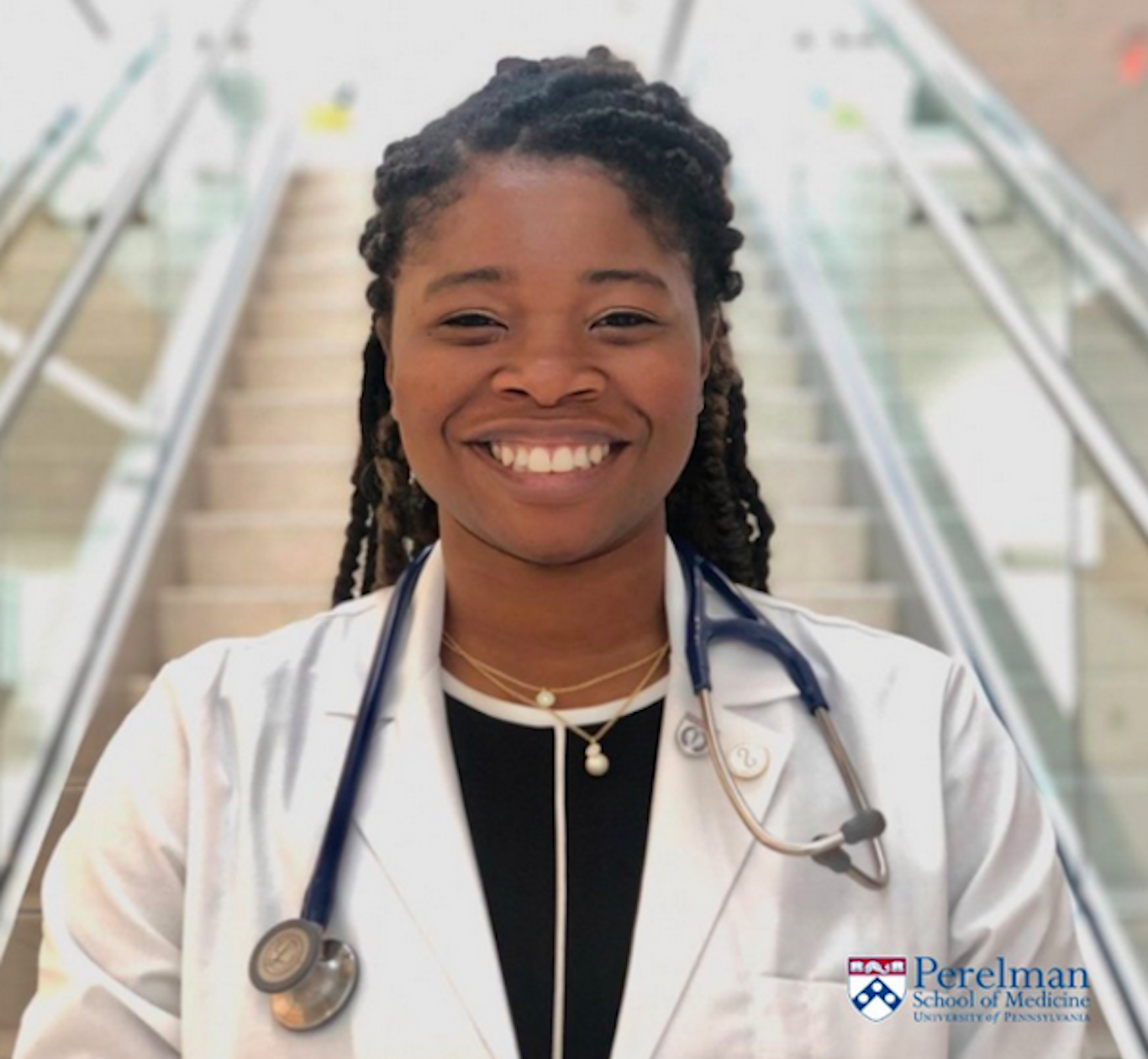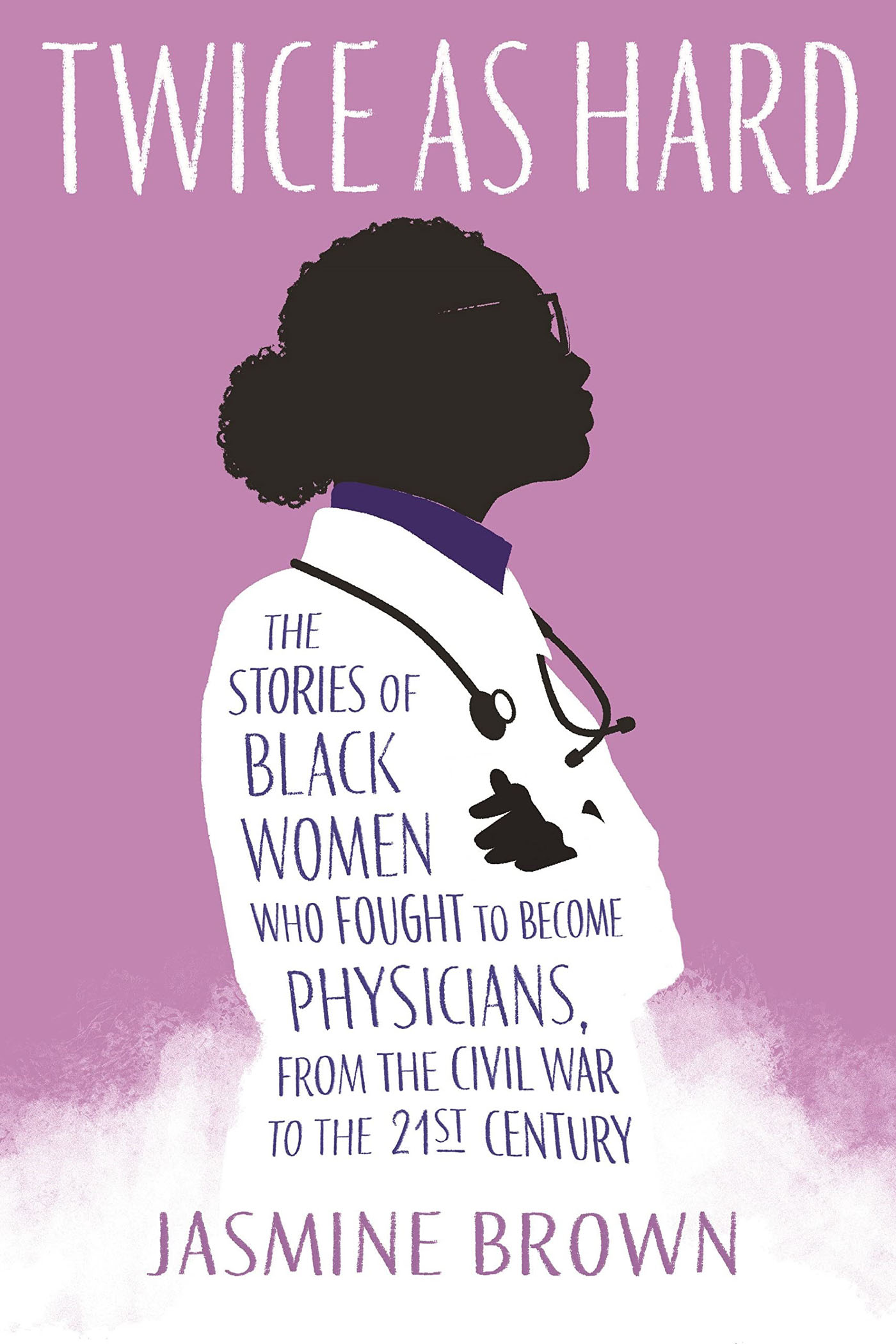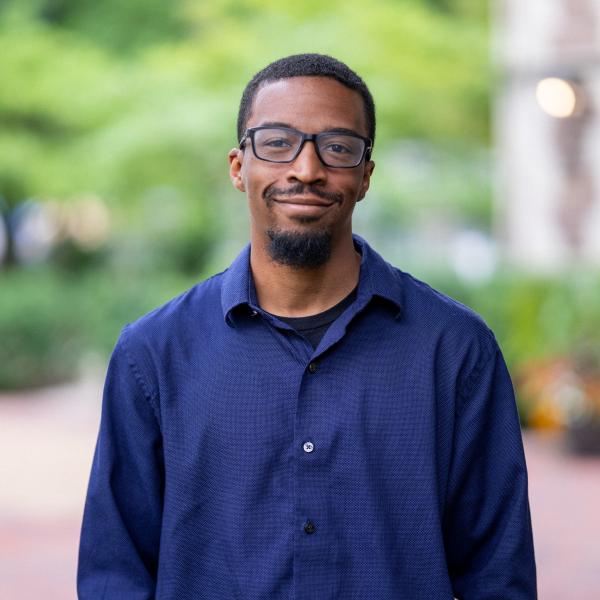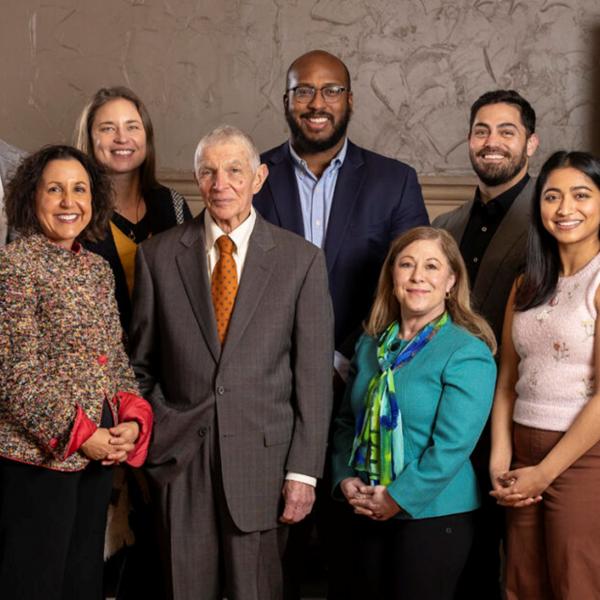A new book by alumna Jasmine Brown, BA ’18 (biology with a focus in neuroscience), tells the stories of black women who have fought to become physicians, from the Civil War to the 21st Century.

In Twice as Hard, Brown brings awareness to the barriers black women have faced throughout history and today while pursuing a career in medicine. The achievements of these women, often forgotten or ignored, are now going to be celebrated with the public. The book comes out in January 2023. You can pre-order the book now and visit her website to read reviews of her book from other successful authors and Publishers Weekly.
“It is important to understand the barriers black women physicians faced. As more professionals are working to correct some of the wrongs and increase diversity in medicine and research, we need the historical perspective to understand what these barriers are rooted in. Where are they coming from? And so, I hoped to show some of the ways that tensional barriers contributed to what we experience today,” said Brown, who is remembered by her WashU friends as a passionate person focused on her studies.
After graduating from Washington University in St. Louis, she spent two years at the University of Oxford as a Rhodes Scholar doing in-depth research on the topic that ultimately earned her a Master’s of Philosophy in History of Science, Medicine and Technology.
Brown used oral histories as her primary research method. This was the first time she met black woman physicians, despite being a black woman pursuing medicine. She read transcripts and listened to audio versions of oral histories. She also interviewed living black women physicians.
“I felt connected to all of them, even the women born 100 years before me who are no longer living. Learning about the success they found in medicine made it feel like I could also have a significant impact as a physician despite the obstacles I’ll likely face as a black woman.”
“I felt connected to all of them, even the women born 100 years before me who are no longer living. Learning about the success they found in medicine made it feel like I could also have a significant impact as a physician despite the obstacles I’ll likely face as a black woman.”
“I want to share that experience with other young women so that they don’t have to journey the path to medicine without role models that look like them,” said Brown, who is now in her third year of medical school at the Perelman School of Medicine at the University of Pennsylvania. At the time of this interview, she was starting her surgery rotation.
The historical exclusion of black women from medicine

Twice as Hard captures the historical perspective of how the medical field excluded black people and women. At the turn of the 20th Century, medicine underwent a transformation. Once thought of as a less respectable field, there was a push to make it prestigious and elite. The implemented changes intentionally filtered out people from the lower class or communities not viewed highly within society.
“During that time, seven medical schools dedicated to black physicians were closed, leaving only two. All of the women’s medical schools were closed,” said Brown.
The message was clear: black people and women were not welcome in the profession. And a bottleneck was established, making it extremely difficult for black women to access medical education. The number of black women physicians plummeted, and the effects are felt today.
Brown recalls how black peers at her school and other prestigious universities and medical schools were told they were taking spots from more deserving applicants. Others were targeted by police on their way home from school or questioned about their employment status when working late in the lab.
Therefore, it is important, Brown thinks, for faculty members involved at different academic levels who want to address the issues of diversity in science and medicine to know this history, to understand the origins of today's barriers.
“I hope that these stories become more integrated into the high school, undergraduate, and graduate curriculum,” explained Brown, who, despite completing a history of medicine master’s program, was never exposed to the historical perspective she writes about in her book.
Stories of incredible role models
“Learning about these women and the incredible impact they were making despite the challenges they faced was inspiring,” said Brown, who lit up with a smile as she talked about their accomplishments.
There is the story of Dr. Rebecca Lee Crumpler, the first African American woman physician, who attended medical school when slavery was still legal. She graduated a year after the Emancipation Proclamation was signed and provided medical care in Virginia to liberated black Americans.
The story of Dr. May Edward Chinn, who was disowned by her father for going to college and eventually medical school, is equally inspiring. Chinn worked with Dr. Peter Murray, a black male physician, and went door-to-door caring for black patients. They also cared for Japanese patients after Pearl Harbor at a time when other physicians refused to see them.
An ironing board or a bed served as a surgery table. An oven sterilized surgical equipment. Family members functioned as nurses. Chinn knew how to blood type and would perform transfusions on the spot. They would be on call for days until the patient recovered.
“I think it is important to provide research to counteract the issues and challenges we face today. But I also want to spotlight the incredible role models I grew up without for the next generation of aspiring young black women physicians," said Brown.




